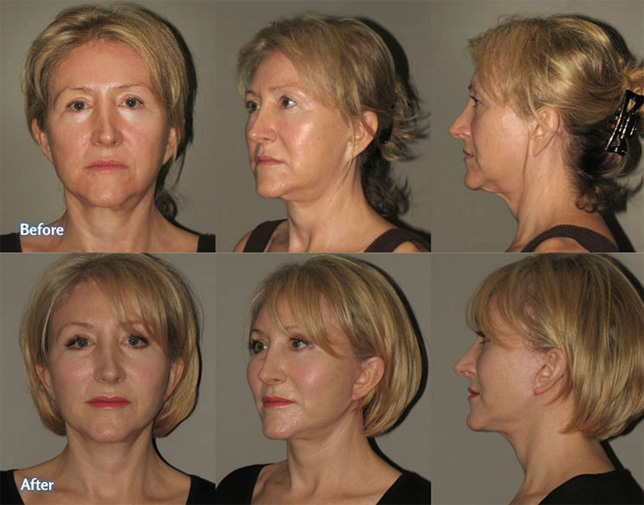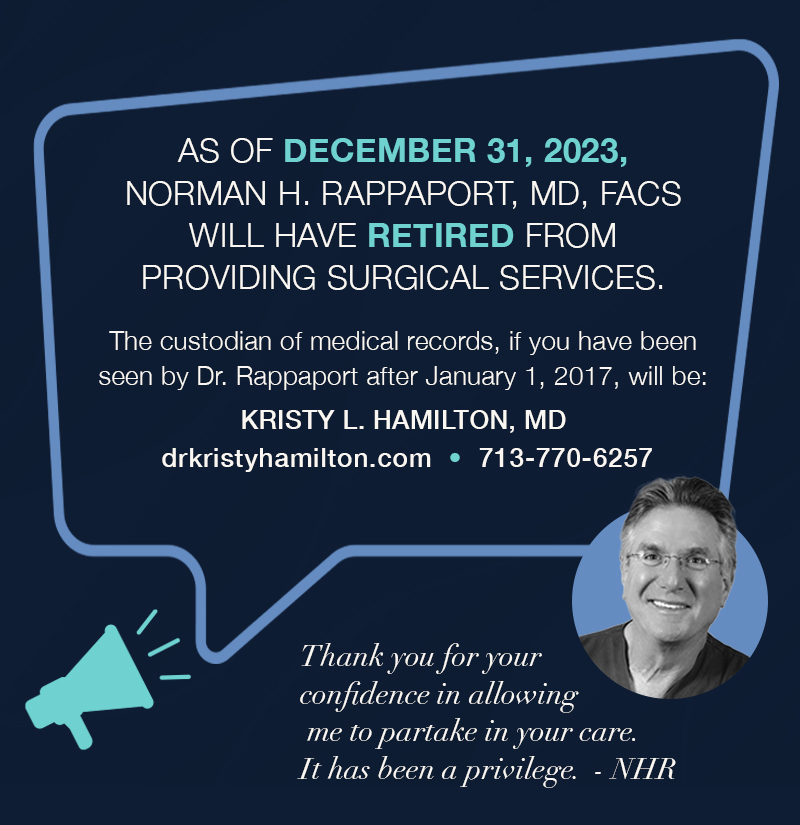
Questions About a Breast Reduction Surgery
Breasts are an integral component of a woman’s body, giving her a feminine shape and serving to nourish her children. However, if you are a woman with large breasts, you may still feel beautiful and feminine, but with a side of discomfort, self-consciousness and even health problems. If you have big, heavy breasts, they may be disproportionate to the rest of your body and cause you a number of problems, including back pain, skin irritations or rashes in the folds of the breasts, and they may even prevent you from exercising and certain other activities because of their size. At Houston Center for Plastic Surgery, Dr. Rappaport is sensitive to the issues that women with large breasts often face, and he utilizes his skill and expertise to provide breast reduction surgery that can restore your confidence and shape your body. Below are some of the most commonly asked questions from women considering breast reduction surgery.
Am I a Candidate for Breast Reduction Surgery?
Breast reduction surgery is designed to surgically remove excess skin, fat, and glandular tissue from your breasts, decreasing their size, and at the same time, eliminating the problems often associated with too-large breasts. Ideal candidates for breast reduction surgery are women who may struggle with the physical and emotional effects of large breasts, including:
- Back, neck, or shoulder pain
- Rashes or skin irritations in the folds of your breasts
- Poor posture because of the weight of your breasts
- Difficulty finding clothing that fits properly over your breasts
- Lack of confidence because of your breast size
When considering breast reduction surgery, you will want to take into account the impact of future pregnancies on your results. Weight gain during pregnancy and breastfeeding will often change the overall size and shape of your breasts. It is also essential to understand that in some cases, breast reduction surgery can affect your ability to breastfeed successfully. These are things you will want to talk with Dr. Rappaport about prior to surgery, so that he can offer recommendations that will give you the best results within your parameters.
What are My Breast Reduction Incision Choices?
During your consultations before your surgery, you and Dr. Rappaport will discuss which incision technique he will use during your breast reduction. There are three incision techniques commonly used, depending on the level of correction you require.
- Periareolar – As the name suggests, this incision extends around the areola, in a donut shape. It offers the least amount of correction, so it is not used very often.
- Lollipop – this technique uses aperiareolar incision, with the addition of an incision that extends vertically from the bottom of the areola to the breast crease, or inframammary fold.
- Anchor – This is the incision that is used most often, because it offers the opportunity for the most correction. An anchor lift combines a lollipop incision with a third horizontal incision along the breast crease, and allowing for the most removal and reshaping of the breast tissue.
Because Dr. Rappaport reshapes the breasts during reduction surgery, you will also enjoy a bit of a lift in the process. However, if you want more lift, it is possible to undergo a breast lift procedure at the same time as your reduction surgery, providing you with optimal results.
How Can I Prepare For My Breast Reduction Procedure?
Patients regularly ask what they can do to prepare for their surgery, to help ensure that it goes as smoothly as possible. Dr. Rappaport and his staff will not only give you detailed pre-and post-op instructions, but are here to answer all of your questions and address any concerns you might have. Some of the things on the pre-surgery prep list may include:
Make sure that you are at a stable, healthy weight – Because weight gain and loss will affect your breast reduction surgery results, you will want to make sure that you are at a goal weight that you plan to maintain. You cannot undergo surgery if you It is preferable to have a BMI of 30 or less, as the risks for complications increase as your BMI increases. are too high.
If you smoke, stop – If you are a smoker, you will need to refrain from nicotine in all forms for at least a month before and after surgery. Nicotine constricts your blood vessels, which can cause slower healing and even tissue death, drastically affecting your results and your health.
Discontinue use of NSAIDS, over-the-counter supplements and certain other drugs – NSAID pain relievers and ingredients found in some supplements and prescriptions can increase your risk of bleeding during surgery. Make sure that Dr. Rappaport is aware of all of the medications you take, so that he can plan accordingly.
Breast reduction is an outpatient surgery that uses is performed under general anesthesia, so you will need someone to both take you home and stay be with you for the first 24 hours to assist you until the anesthesia wears off. Your will also want to arrange to take adequate time off away from work is dependent on your type of employment and job requirements. to allow for proper healing.
Most breast reduction patients need about For the first two weeks following surgery, it is best to keep to recover, during which time you will want to keep physical activity to a minimum. While you are encouraged to walk regularly to help reduce the risk of blood clots, you should avoid excessive raising of your arms above your head, and don’t lift anything over five pounds until you have been cleared to do so by Dr. Rappaport.
What Should I Expect From My Breast Reduction Procedure and Results?
Prior to surgery, extensive and detailed markings will be placed on your breasts. These markings will guide Dr. Rappaport during surgery. will make the necessary incisions, and begin by removing breast and glandular tissue. He will then reshape your breasts and by removing excess skin and tissue, which will serve to tighten sagging skin and lift your breasts to a higher, perkier position. He will also reduce the size of your areolas and reposition your nipples on your newly smaller breasts to ensure symmetrical placement. The end result is breasts that are balanced, proportional and that enhance the natural feminine contours of your body.
Most patients will notice results from their surgery immediately, though it typically takes up to six months for your final, beautiful results to be visible. Breast reduction surgery results are considered permanent, as long as you maintain a stable weight.
If you are frustrated by disproportionate, large breasts and want to learn more about your options for breast reduction surgery, call Dr. Rappaport at the Houston Center for Plastic Surgery today at 713-790-4500 to schedule an appointment.


